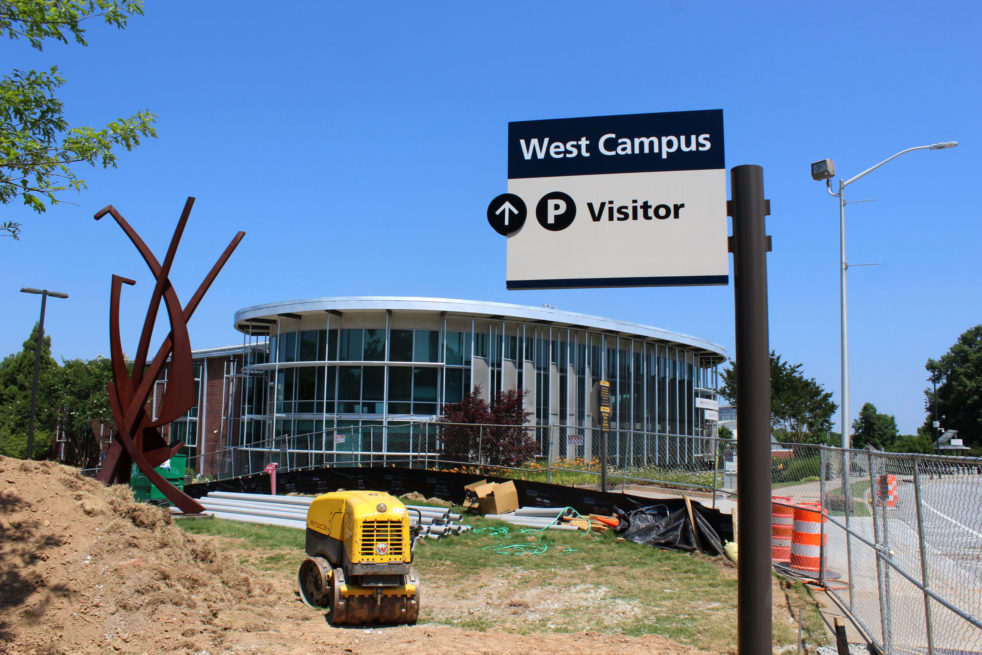Summer is in the air and the Georgia Institute of Construction is in full swing. All across campus, construction projects are in full swing and various stages of completion, changing the campus’ geography, adding new study areas, and creating new obstacles for students to manage as they navigate the campus.
On the East side of campus, the North Avenue dining hall is undergoing maintenance this summer to remedy a leak coming from the overhead plumbing system. This means that Brittain is currently the only dining hall available to the East Campus community.
Additionally, the Price Gilbert library is still being remodeled this summer, as part of the phase two expansion of the Institute’s Library Next plan, to
increase the utility of Price Gilbert and Crosland tower for a more digital world. This construction follows the opening of Crosland during the spring semester.
One of the campus’ most iconic buildings will soon undergo substantial changes, as the Student Center rebuild begins this summer. The first portion of the construction will focus on the parking lot across from the Instructional Center, laying the
groundwork for what will become a new exhibition center, according to plans published online. In future rounds of construction, there are additional plans to remove the fountain around the Kessler Campanile, as well as constructing outdoor pavilion areas.
On the West side of campus, the Kendeda Building for Innovative Sustainable Design is approaching completion. The Institute received $30 million from the Kendeda Foundation in order to finance the construction of the
building, which is intended to receive a certification from the Living Building Challenge 3.1, which would mean that the building represents, “the most advanced measure of sustainability possible in the current built environment.” Once completed, the Kendeda Building will be used as a mixed classroom, lab, and event space.
In addition, the Georgia Tech Police Department (GTPD) will soon be moving into a new home as their new station reaches completion. It was designed with the WELL building standards in mind, a qualification that is more stringent than LEED standards in some respects, such as air quality.
After GTPD has moved buildings, the current headquarters is scheduled to be demolished to make way for additional green space in line with the Institute’s Eco-Commons project.
Campus Construction
